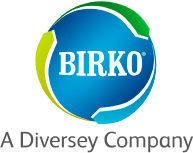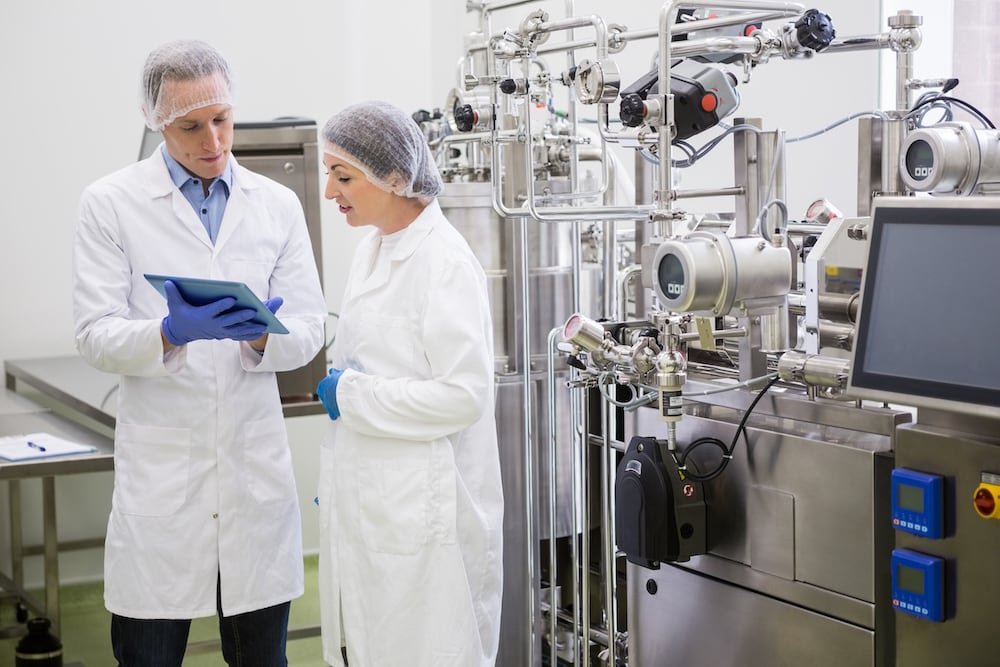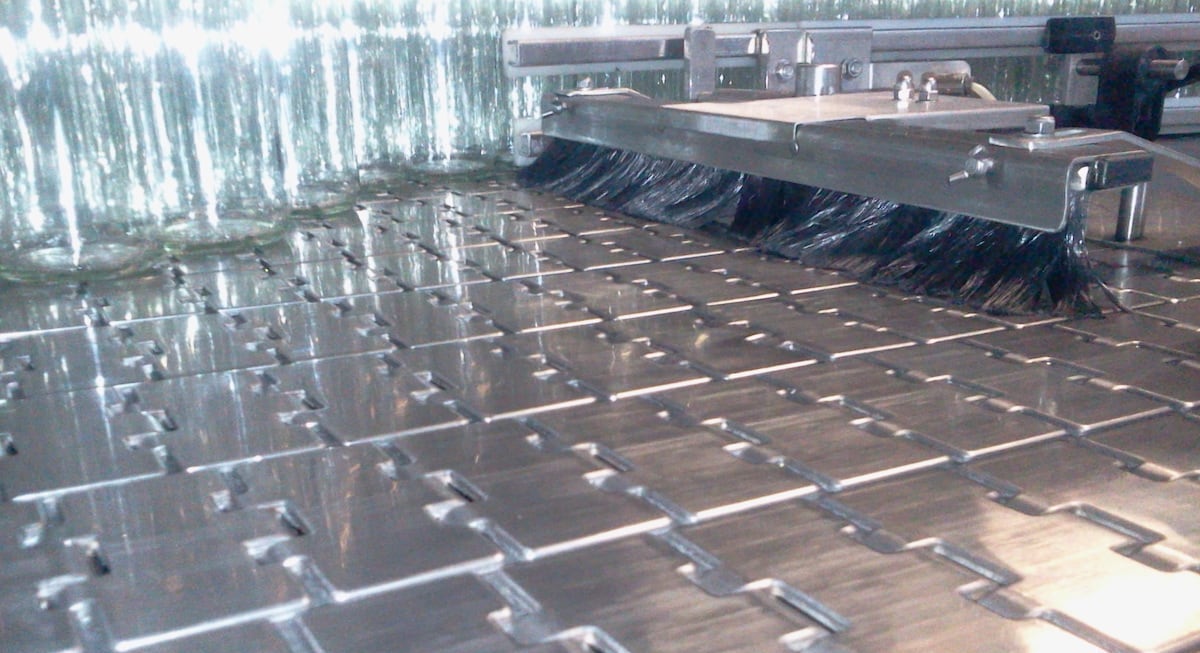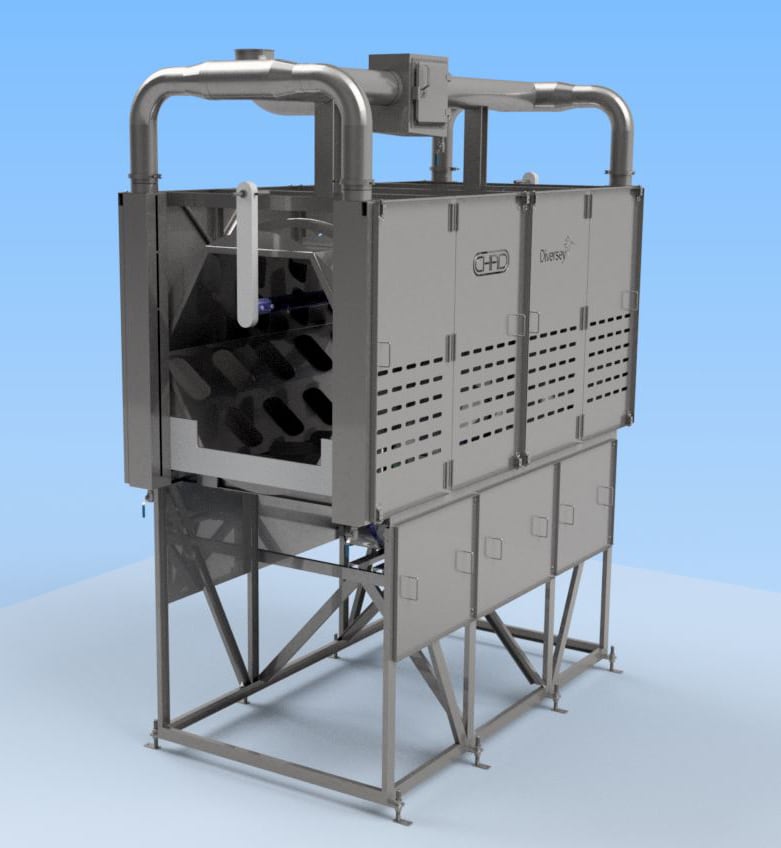Biofilms are more common than we think. They are a leading source of bacteria in the food plant environment because of the presence of moisture. When bacteria move around freely they are said to be planktonic and are relatively easy to control. When they attach themselves to surfaces in a moist, temperature-permissive environment and begin forming colonies they become extremely difficult to control. As these colonies grow they produce a protective, adhering, matrix called biofilm that protects them from their surrounding environment.
Many of the problem bacteria such as Listeria and Salmonella readily produce biofilm-protected colonies. If the biofilm is not removed, the colonies will continue to produce more bacteria, releasing them into the plant.
Most general cleaning and sanitation products will not effectively penetrate or detach the sturdy polysaccharide biofilm matrix that holds these bacterial colonies in place and protects them, allowing them to flourish. We recommend a group of EPA-approved products manufactured by Sterilex for biofilm removal as well as removal of E. coli, Salmonella, Listeria and other problem organisms on environmental surfaces.
These products include Ultra-Kleen™ CW502 HF and Ultra Disinfectant Cleaner Solution 1 in combination with Ultra Kleen Activator Solution II.
For more information about biofilm issues in food plants, see Food Safety Magazine, “Biofilms: Our Constant Enemies,” by John Sofos, Ph.D.








